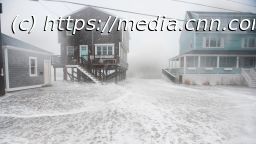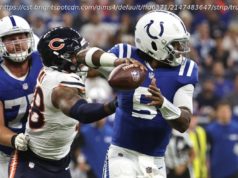Once a tropical storm strengthens into a hurricane, it earns a category designation on the Saffir-Simpson Hurricane Wind Scale: 1 through 5.
Once a tropical storm strengthens into a hurricane, it earns a category designation on the Saffir-Simpson Hurricane Wind Scale: 1 through 5.
Knowing about each category can help predict what damage an incoming storm may inflict – and how best to prepare.
The categories are defined by wind speed, with a storm of Category 3, 4, or 5 considered a major hurricane. And damage is exponential as wind speed increases, meaning a strong Category 3 storm could do up to 60 times as much damage as a weak Category 1 storm.
But it’s not always as simple as ticking up from 1 to 5.
Hurricanes carry many risks not adequately conveyed by the wind speed-based scale, including:
• Storm surge – when winds push water onto shore – which accounted for about half of hurricane fatalities between 1963 and 2012, according to a 2014 report in the Bulletin of the American Meteorological Society;
• Rainfall-induced flooding and mudslides, which made up about a quarter of such deaths, the report shows;
• A storm’s forward speed: Slower storms are more destructive, with strong gusts or rainstorms that pound the same areas for hours or days;
• Tornadoes, which can spawn by the dozen from any hurricane.
Still, the National Hurricane Center uses categories – set by sustained wind speed – to estimate possible property damage from hurricanes. Here’s what’s expected in each:
Category 1: 74-95 mph
Sustained winds are enough to blow shingles off roofs and damage gutters and vinyl siding, the National Oceanic and Atmospheric Administration said.
These winds also can uproot trees and bring down branches, causing power outages and more property damage.






